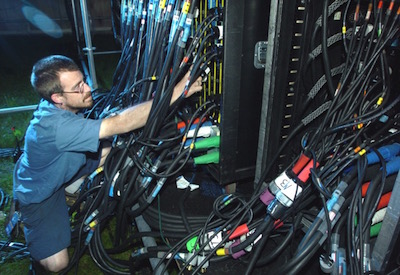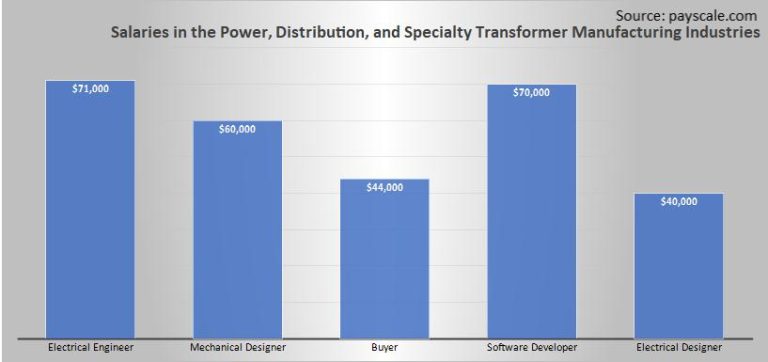Virtual Onboarding: How to Make Your New Hire Feel Included

Mar 7, 2021
By Michelle Branigan
We all know that in work, as in life, first impressions are important. As the saying goes, you don’t get a second chance to make a first impression.
An employee’s first impression of their new workplace is a critical moment for setting them up for success. Similarly, current employees’ first impressions of a new colleague can influence how they will work together.
With the majority of us still working remotely because of the pandemic, we need to take extra care in thinking through the onboarding process and consider how we facilitate connections with the new employee and the rest of their team. Here at EHRC, we welcomed four new employees virtually last year, and had to adapt some of our usual routines as a result. Since a strong team culture has always been a part of the EHRC workplace, we’ve made sure to keep that as our top priority when onboarding our new staff.
Here are some ideas to keep in mind in the virtual onboarding process.
• Schedule one-on-one meetings. If you would usually give the new person a personalized tour of the office and introduce them to their colleagues, consider doing the same in a virtual format. Have each member of your team reach out to the new person in the first week for a casual, get-to-know-you chat.
• Assign a buddy. Getting to know your way around a virtual workspace can take some time, and asking multiple questions through email or an instant messaging platform can be awkward. Try having one member of your team act as the point person for all the new hire’s logistical questions while they settle in over the first month, no matter how small.
• Adjust the pace of onboarding for each hire. Get to know what the new hire’s work from home situation is, whether they have children to take care of, or live with roommates in a shared apartment. Onboarding can be an overwhelming process so showing empathy to the new hire’s context can set a supportive tone and build a good foundation.
• Create an onboarding checklist for managers. When working remotely, regular processes can sometimes fall by the wayside. Work out an onboarding checklist in advance and document any changes or improvements that come up along the way.
• Make sure to communicate any benefits or allowances for work from home expenses. New employees may feel hesitant to ask about allowances for equipment so if your company offers any reimbursement for work from home expenses, let them know the expectations around it right away.
• Finally, don’t forget to keep it fun! Onboarding a new hire can be a great reason for a virtual team social event like a group coffee break or a more structured event like online trivia or scavenger hunt. Activities like these give the new hire a sense of how everyone works together and help them to feel less isolated, especially if your team has been working together for a while.
Onboarding a new employee in a virtual format, while an experience different from what most of us are used to, doesn’t have to mean that the new employee can’t feel embraced and welcomed by their colleagues. Thinking about virtual onboarding from the new hire’s perspective is a good way to start. For example, ask yourself, “What would I want/need to feel comfortable in a brand-new remote environment?”
Overall, keeping a flexible approach and clearly communicating expectations can set everyone up for a constructive working relationship, whether remote or in person.
Michelle Branigan is CEO, Electricity Human Resources Canada.










![Guide to the Canadian Electrical Code, Part 1[i], 26th Edition – A Road Map: Section 10 – Grounding and Bonding](https://electricalindustry.ca/wp-content/uploads/2022/11/Guide-CE-Code-2.png)





